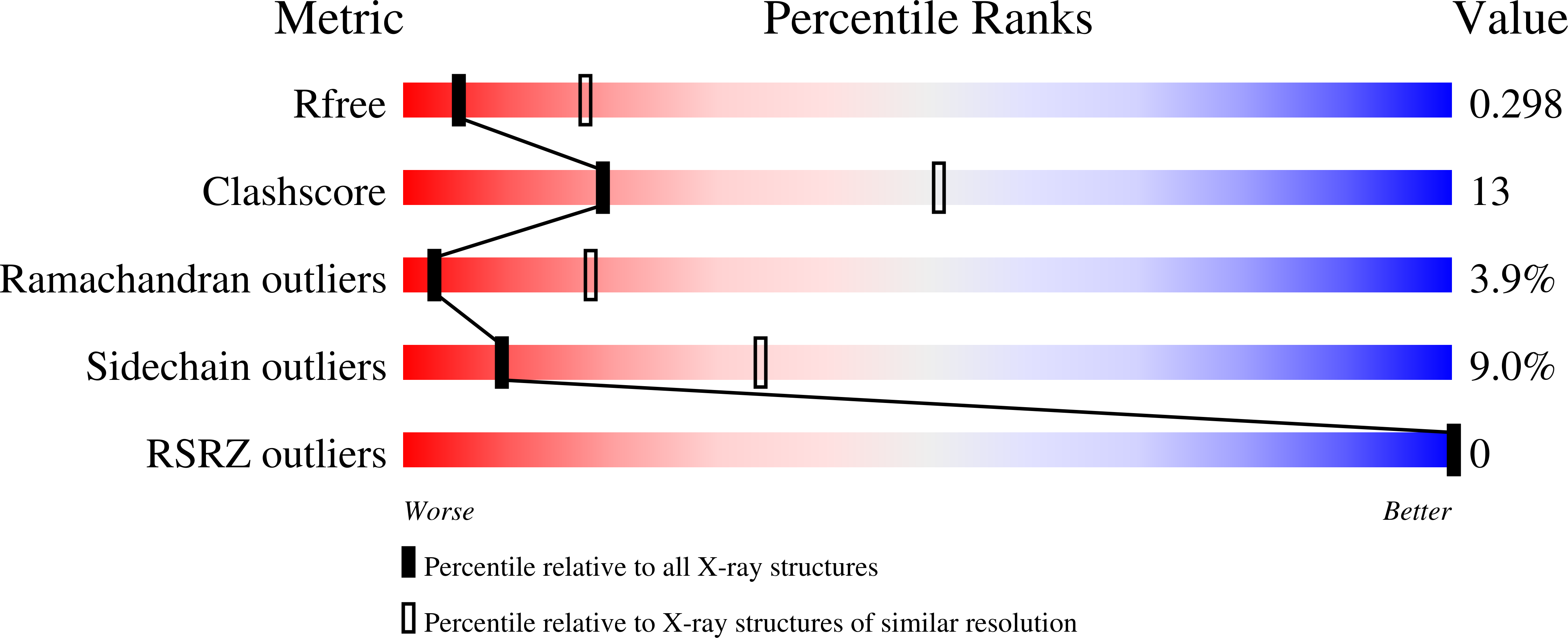
Deposition Date
2009-10-07
Release Date
2010-02-23
Last Version Date
2024-10-09
Entry Detail
PDB ID:
3K5B
Keywords:
Title:
Crystal structure of the peripheral stalk of Thermus thermophilus H+-ATPase/synthase
Biological Source:
Source Organism:
Thermus thermophilus (Taxon ID: 300852)
Host Organism:
Method Details:
Experimental Method:
Resolution:
3.10 Å
R-Value Free:
0.28
R-Value Work:
0.23
R-Value Observed:
0.23
Space Group:
P 1 21 1


